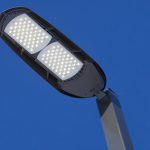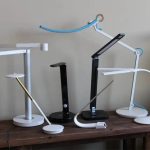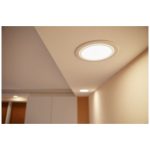DIY Guide: How to Easily Replace Your LED Light Strip
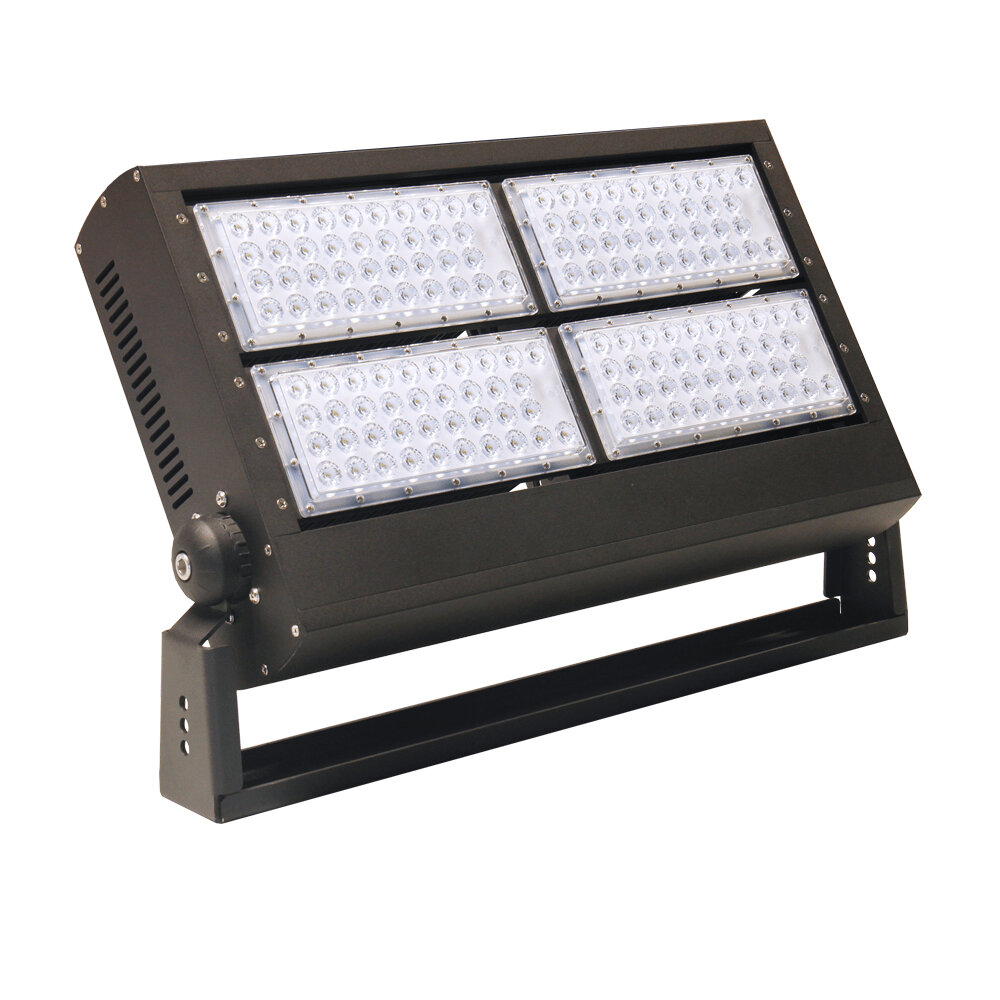
If you’re looking to add a bit of ambiance to your living space, LED light strips are an excellent choice. They’re versatile, energy-efficient, and come in a wide range of colors and styles. However, sometimes these strips can become damaged or stop working altogether. When this happens, it’s essential to know how to replace the LED light strip to avoid the hassle of buying a new one. Fortunately, replacing an LED light strip is a relatively simple process that you can do yourself with a few basic tools and some patience. In this DIY guide, we’ll walk you through the steps to replace your LED light strip easily. We’ll cover everything from safely removing the old strip to installing the new one and testing it to ensure it works correctly. Whether you’re a seasoned DIYer or a beginner, this guide is perfect for anyone looking to save money and time by fixing their LED light strip at home. So, grab your tools, and let’s get started!
LED light strips are a form of lighting that consists of multiple LED lights wired together in a strip. These strips are flexible and can be cut to fit any desired length. LED light strips are popular for a variety of purposes, including accent lighting, task lighting, and decorative lighting. They are commonly used to add a pop of color to a room or to highlight specific features in a space. LED light strips are energy-efficient, long-lasting, and can be controlled with a remote, making them a convenient and versatile lighting solution for any DIY project.
Replacing old or defective LED light strips is crucial for maintaining a well-lit and safe environment. LED light strips are commonly used in homes, offices, and public places for ambient lighting, accent lighting, and decorative purposes. As these light strips age or become defective, they can produce uneven lighting, flickering, or even fail completely, leading to potential hazards. Replacing old or defective LED light strips not only enhances the lighting quality but also reduces the risk of electrical hazards and saves energy. With the DIY guide on how to easily replace LED light strips, users can perform this task effortlessly, ensuring that their spaces remain well-lit and safe.
Gather Supplies
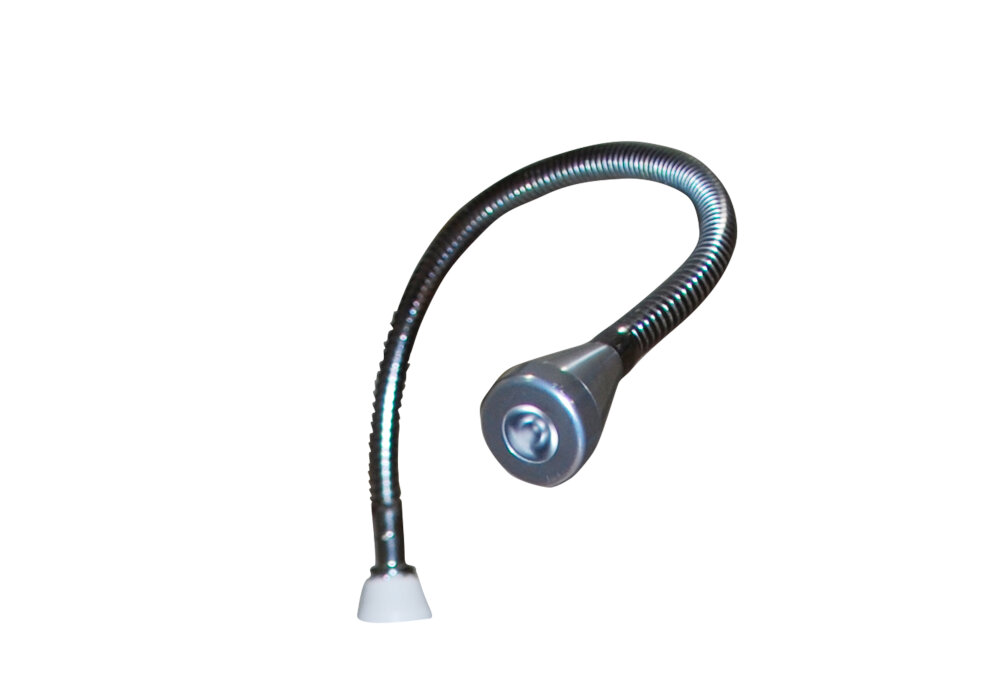
When preparing to replace your LED light strip, the first step is to gather all the necessary supplies. This will ensure that you have everything you need before you start working, and that the process runs smoothly from start to finish. The supplies you will need can vary depending on the type of LED light strip you are replacing, but some common items include a new LED light strip, a soldering iron, wire cutters, electrical tape, and a power supply. It is important to make sure that you have the right supplies on hand before you begin, as this will help you avoid delays and make the process much easier. Before you start gathering supplies, it is a good idea to familiarize yourself with the LED light strip you are replacing. Look for any identifying marks or labels that might indicate the make or model of the strip, and take note of the length and number of LEDs. This information will help you select the right replacement strip and ensure that it fits properly. Once you have gathered all of the necessary supplies, make sure that you have a clean and well-lit workspace where you can work safely. With the right supplies and a little bit of preparation, replacing your LED light strip can be a simple and stress-free process.
If you’re planning to replace your LED light strip, having the right tools is essential. Firstly, you’ll need a screwdriver to remove the screws that hold the light strip in place. A pair of pliers or wire cutters will be useful to disconnect the wires and remove the old strip. A new LED light strip will be required, along with a power source and a soldering iron to connect the wires. A heat gun or hair dryer will be necessary to remove any adhesive residue left behind by the old strip. Finally, a set of wire strippers and electrical tape will be needed to ensure a secure and safe connection of the wires. Having these tools at hand will make the replacement process much easier and efficient.
Each tool used in replacing an LED light strip is crucial to the success of the project. For instance, the wire cutters are necessary to trim the LED strip to the desired length, while the soldering iron helps to connect the wires and secure the connections. The heat gun is also important in sealing the connections and ensuring that the wires do not come loose over time. Additionally, the wire stripper is essential in removing the insulation from the wires, while the multimeter helps to test the electrical connections and ensure that the LED strip is functioning correctly. Without these tools, replacing an LED light strip would be nearly impossible, and the end result would likely be subpar. Thus, it is crucial to have the right tools and use them properly to achieve a successful LED light strip replacement.
Remove Old LED Light Strip
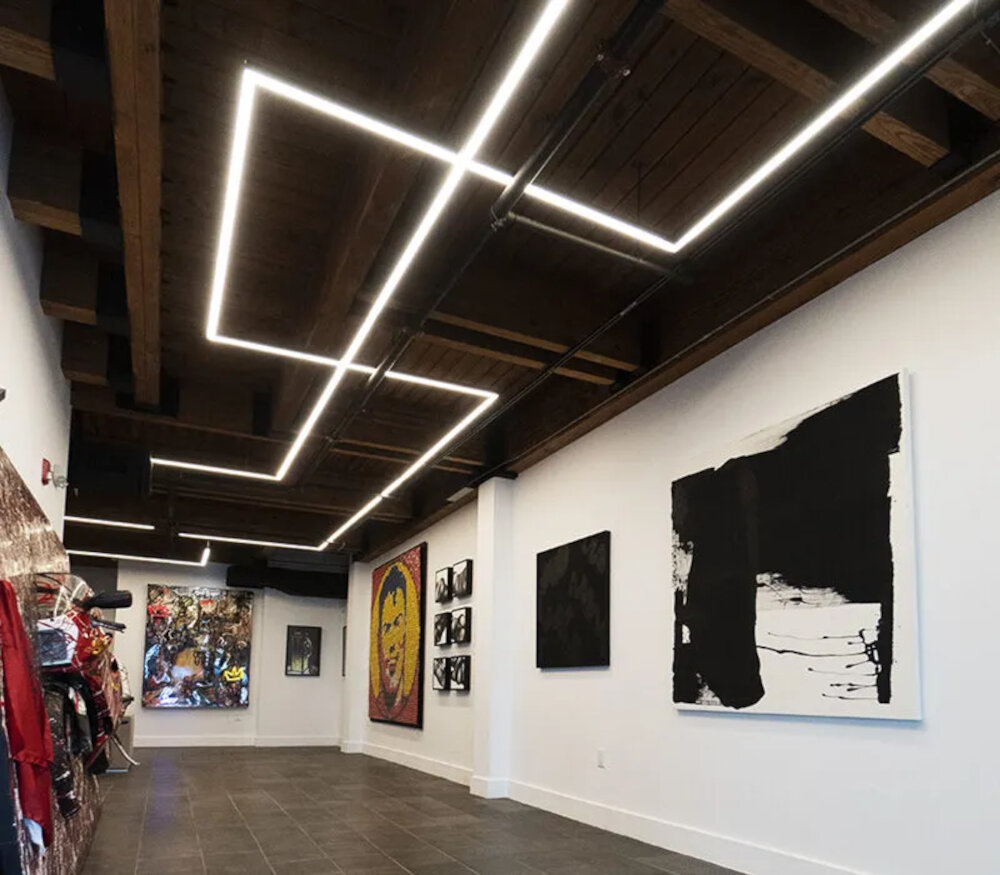
Replacing an old LED light strip is a straightforward DIY task that you can easily accomplish with the right instructions. Before you begin, one crucial step is to remove the old LED light strip. Removing the old strip ensures that your new strip will work efficiently and last longer. To remove the old LED light strip, you need to have the necessary tools such as a pair of pliers, wire cutters, and a screwdriver. First, disconnect the power source, and then use the pliers to remove the old strip from the adhesive backing. If the adhesive is too strong, use a hairdryer to heat the strip and make it easier to remove. Once you have removed the first section, continue to remove the rest of the strips in the same way. Removing an old LED light strip can be a messy job, and you need to be careful not to damage the surrounding surfaces. If the LED strip is installed on a surface that can be easily damaged, such as wallpaper, use a putty knife to pry it off gently. If the strip is wired to a power source, you should disconnect it first before removing it. Use a wire cutter to cut the wires, and then unscrew the old strip from the surface. Finally, clean the area where the old LED light strip was removed to ensure that the new strip adheres correctly. Removing the old LED light strip is a crucial step in the replacement process, and it’s essential to do it correctly to ensure a smooth installation of the new strip.
Removing old LED light strips can be a challenging task, but with the right tools and techniques, it can be done easily. Start by turning off the power supply and unplugging the strip from the socket. Next, use a flathead screwdriver to gently pry off the strip from the surface. If the strip is attached with adhesive, use a heat gun to soften it before removing it. Be careful not to damage the surface while removing the strip. Once the strip is off, clean the surface thoroughly with a damp cloth and let it dry completely before installing the new strip. With these step-by-step instructions, you can remove old LED light strips like a pro!
When replacing your LED light strip, it’s essential to avoid damaging other parts of the light fixture. First, ensure that the power source is turned off before beginning the replacement process. This will prevent any electrical accidents from occurring. Secondly, handle the LED light strip with care and avoid touching the exposed circuit board or the LED chips directly. Doing so could result in damage to the components or even cause the LED strip to stop working altogether. Finally, if you’re unsure about how to proceed with the replacement, refer to the manufacturer’s instructions or seek the assistance of a professional electrician. By following these tips, you can ensure a successful and safe LED light strip replacement without damaging any other parts of the light fixture.
Install New LED Light Strip
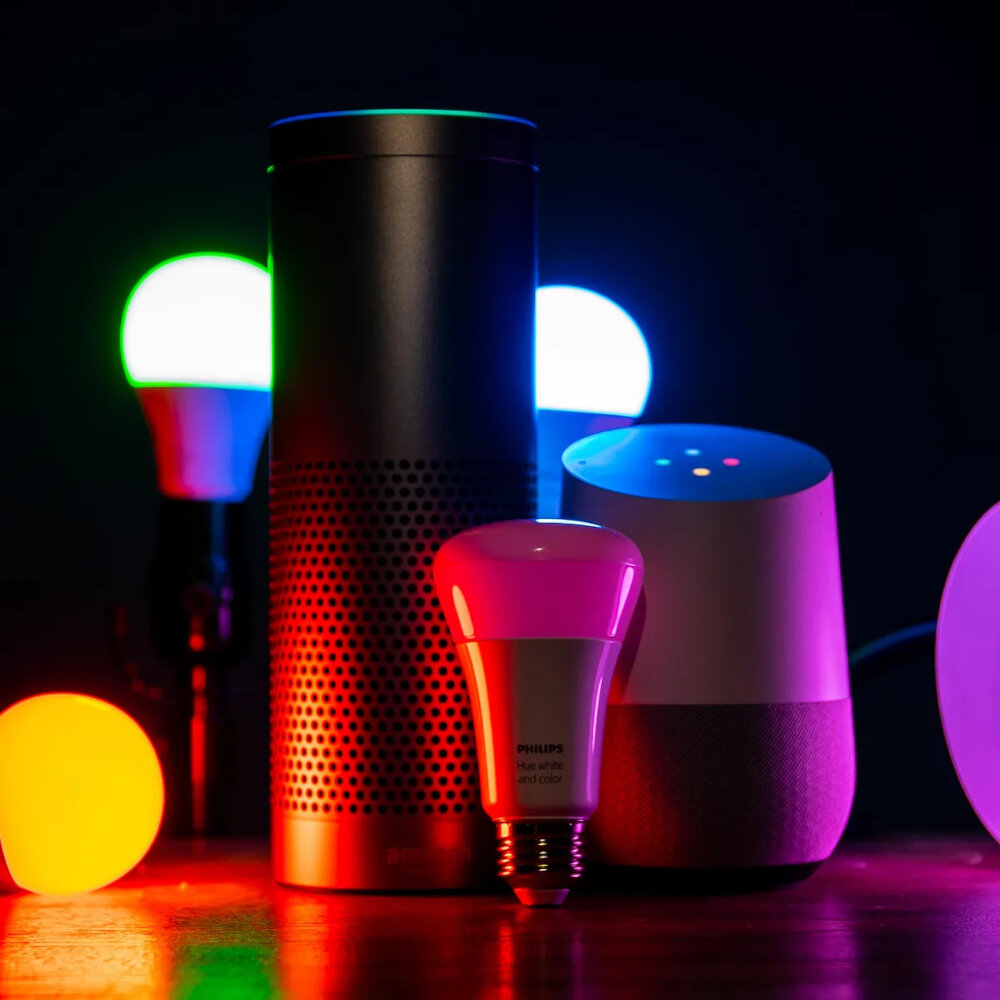
Installing a new LED light strip can be a quick and easy way to add some ambiance to a room or to update the lighting in your home. There are a few things to keep in mind when installing a new LED light strip, such as ensuring that the strip is the correct length for the space you are installing it in, and making sure that you have the necessary tools and equipment to complete the installation. Before you begin, it’s important to turn off the power to the area where you will be working, to avoid any electrical shocks or other accidents. Once you have everything you need, begin by removing any old light fixtures or hardware from the area where you will be installing the new LED light strip. Next, measure the length of the space where you want to install the strip, and cut the LED strip to the correct length. Be sure to leave enough room at the end of the strip for any connectors or other hardware that may be needed to connect the strip to a power source. Finally, attach the strip to the wall or ceiling using adhesive or other hardware, and connect it to a power source. With a little bit of patience and some basic tools, you can easily replace your old lighting with a brand new LED light strip that will give your home a fresh and modern look.
Installing new LED light strips is quite simple and can be done in a few steps. First, gather all the necessary tools, including the LED light strips, a power adapter, a pair of scissors, and a measuring tape. Next, measure the length of the area where you want to install the LED light strips and cut the strips according to the measured length. Then, peel off the adhesive backing and attach the light strips to the desired surface. Be careful not to bend or twist the strips too much, as this can damage the wiring. Finally, connect the power adapter to the LED light strips and plug it into an electrical outlet to power them on. It is important to follow these steps carefully to ensure that the LED light strips are properly installed and function effectively.
When replacing an LED light strip, ensuring that the strip is straight and secure is crucial to achieving a professional-looking result. Firstly, it is important to clean the surface where the strip will be placed thoroughly to remove any dirt or residue that may affect the adhesive. Secondly, measure the length of the strip and the surface to ensure that the strip fits perfectly. Thirdly, when peeling off the adhesive tape, do it slowly and carefully, ensuring that the strip remains straight and free from any kinks or twists. Finally, press down on the strip firmly to ensure that it is secure and will not fall off. Following these tips will ensure that your LED light strip replacement is a success.
Test and Troubleshoot
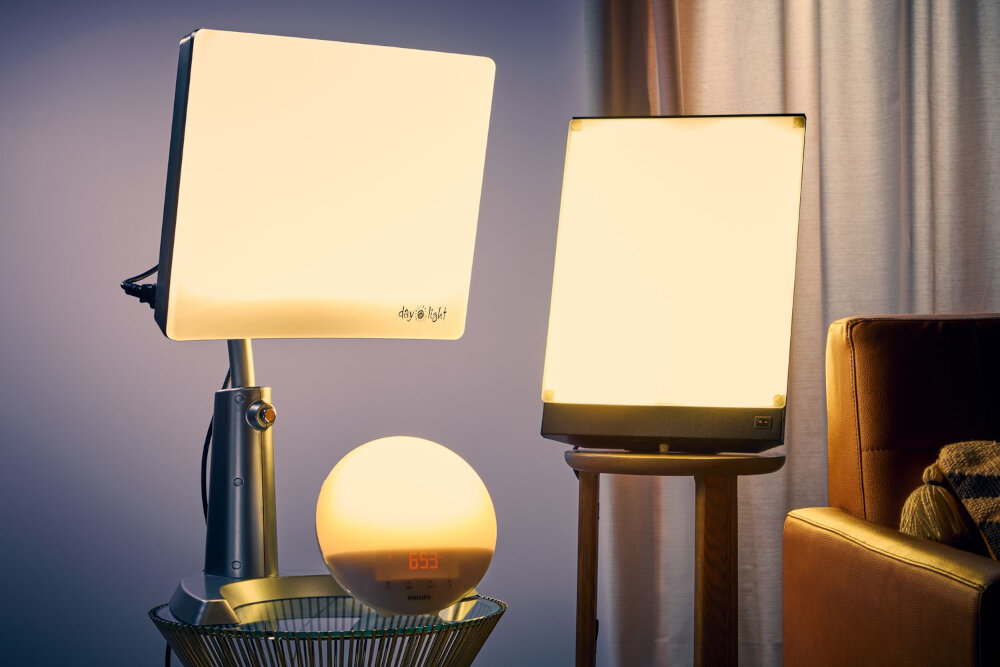
After successfully replacing your LED light strip, the next step is to test and troubleshoot your new installation. Testing your LED light strip is critical to ensure that it is functioning correctly and that it has been installed correctly. To test your LED light strip, you can use a multimeter to measure the voltage output. If the voltage is within the range specified by the manufacturer, then your LED light strip is functioning correctly. You can also test your LED light strip by turning it on and checking the brightness and color of the light. If the brightness or color is not as expected, then you may need to troubleshoot the installation. Troubleshooting your LED light strip involves identifying the problem and finding a solution. Common issues that you may encounter when troubleshooting your LED light strip include faulty wiring, incorrect installation, and damaged components. To troubleshoot your LED light strip, you should first check the wiring to ensure that it is properly connected and that there are no loose connections. You can also check the power source to ensure that it is providing the correct voltage output. If you have identified a damaged component, then you may need to replace it. By testing and troubleshooting your LED light strip, you can ensure that it is functioning correctly and that you can enjoy the benefits of LED lighting in your home or office.
Before installing the new LED light strip, it’s essential to test it to ensure that it’s functioning correctly. First, connect the LED strip to the power supply and turn on the switch. Observe the strip’s color, brightness, and any flickering or dimming. If the LED light strip is working correctly, the color should be uniform, the brightness should be consistent, and there should be no flickering or dimming. If there are any issues, double-check that the wiring is correctly connected and that the power supply is providing enough voltage. Taking the time to test the LED light strip before installing it will save time and frustration later on.
There are a few common issues that may arise when replacing an LED light strip, but fortunately, most of them are easily troubleshooted. One of the most common issues is incorrect wiring, which can be resolved by double-checking that the wires are connected correctly. Another issue is a faulty power supply, which can be identified by checking the voltage with a multimeter. If the voltage is incorrect, then the power supply may need to be replaced. Additionally, if the LED light strip does not turn on, it may be due to a faulty or damaged strip, which can be resolved by replacing the strip. Overall, with a bit of troubleshooting, most issues can be resolved, and the LED light strip can be easily replaced.
Replacing LED light strips is crucial for ensuring optimal lighting performance and energy efficiency. Over time, LED light strips can begin to dim, flicker, or even fail completely, which can be frustrating for homeowners and business owners alike. Additionally, older LED light strips may not be as efficient as newer models, costing more money in energy bills than necessary. By replacing LED light strips, you can improve the overall quality of your lighting, reduce energy consumption, and save money in the long run. This DIY guide provides step-by-step instructions on how to easily replace your LED light strip, so you can enjoy brighter, more efficient lighting in no time.
To ensure a hassle-free replacement of your LED light strip, first, gather all the necessary tools and materials. Next, turn off the power supply to avoid any electrical shock. Remove the old LED light strip by gently pulling it from the adhesive tape or clips. Before installing the new strip, clean the area thoroughly and let it dry. Then, carefully align the new strip and attach it using the adhesive tape or clips. Finally, turn on the power supply to test the new LED light strip. If it does not work, double-check the connections and troubleshoot accordingly. With these simple steps, you can easily replace your LED light strip and brighten up your space once again.
As a community of DIY enthusiasts, we encourage you to share your own experiences and tips in the comments section below. We believe that sharing knowledge and ideas can greatly benefit everyone, and we would love to hear from you! Perhaps you have some unique tricks that you’ve learned when it comes to replacing LED light strips, or maybe you’ve come across some common pitfalls that others should watch out for. Whatever it is, we want to hear about it! By sharing your experiences, you can help others who may be struggling with the same task, and who knows, you may even learn a thing or two yourself! So don’t be shy, drop us a comment and let’s start a conversation!
Conclusion
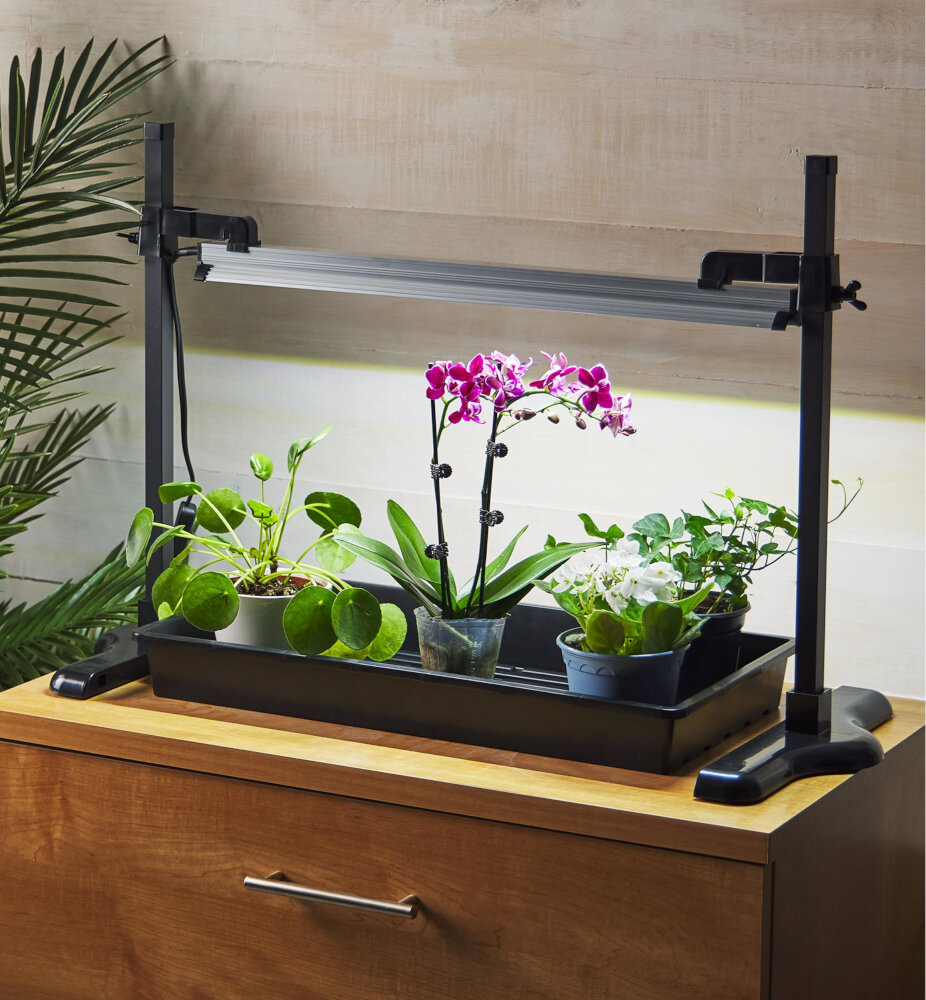
In conclusion, replacing an LED light strip may seem like a daunting task, but with the right tools and knowledge, it can be easily accomplished as a satisfying DIY project. By following the step-by-step guide and safety measures, anyone can replace their LED light strip and enjoy a brighter and more energy-efficient lighting system. It is important to remember that proper installation and maintenance can extend the life of the LED light strip, providing long-lasting benefits in terms of energy savings and improved lighting quality. So don’t hesitate to take on this DIY project and enjoy the benefits of a well-lit space with a new LED light strip.

